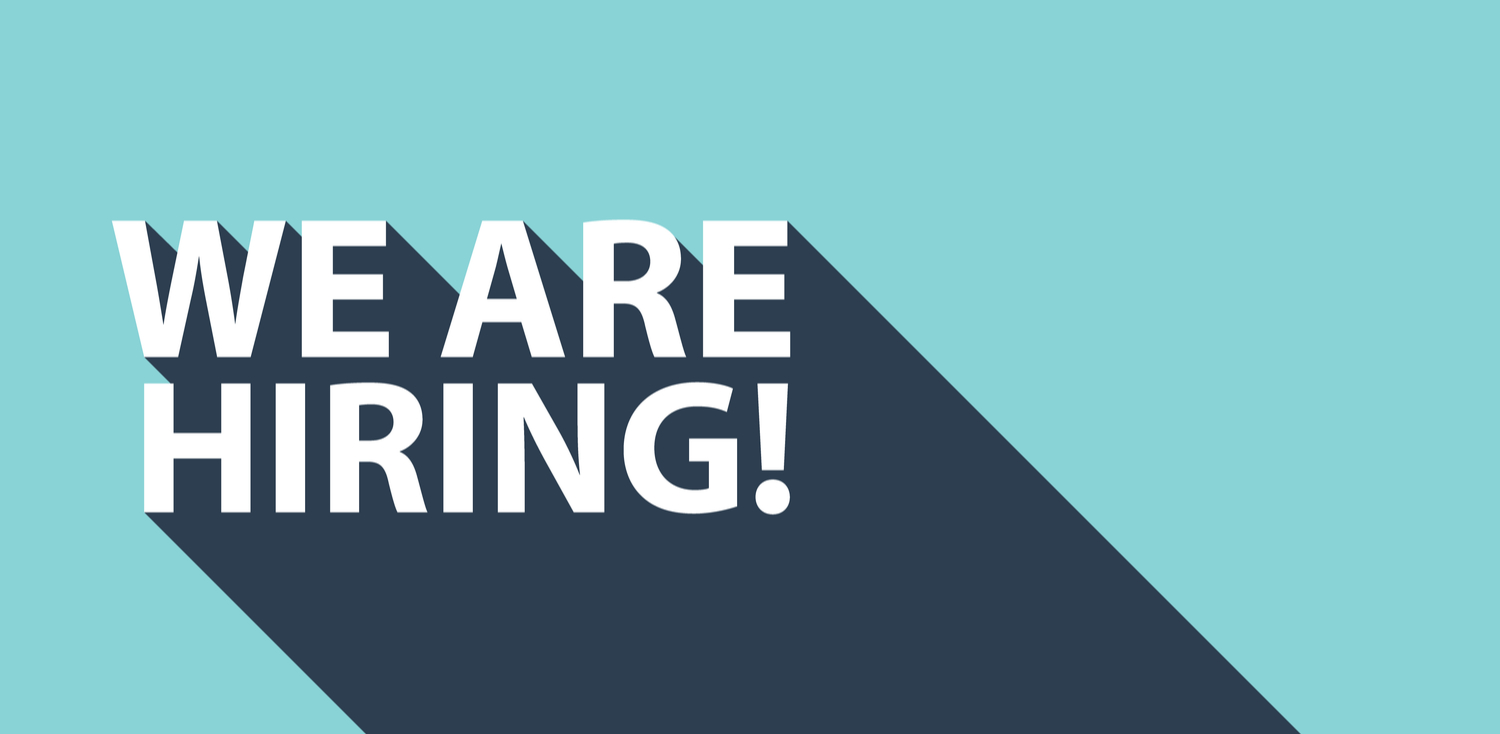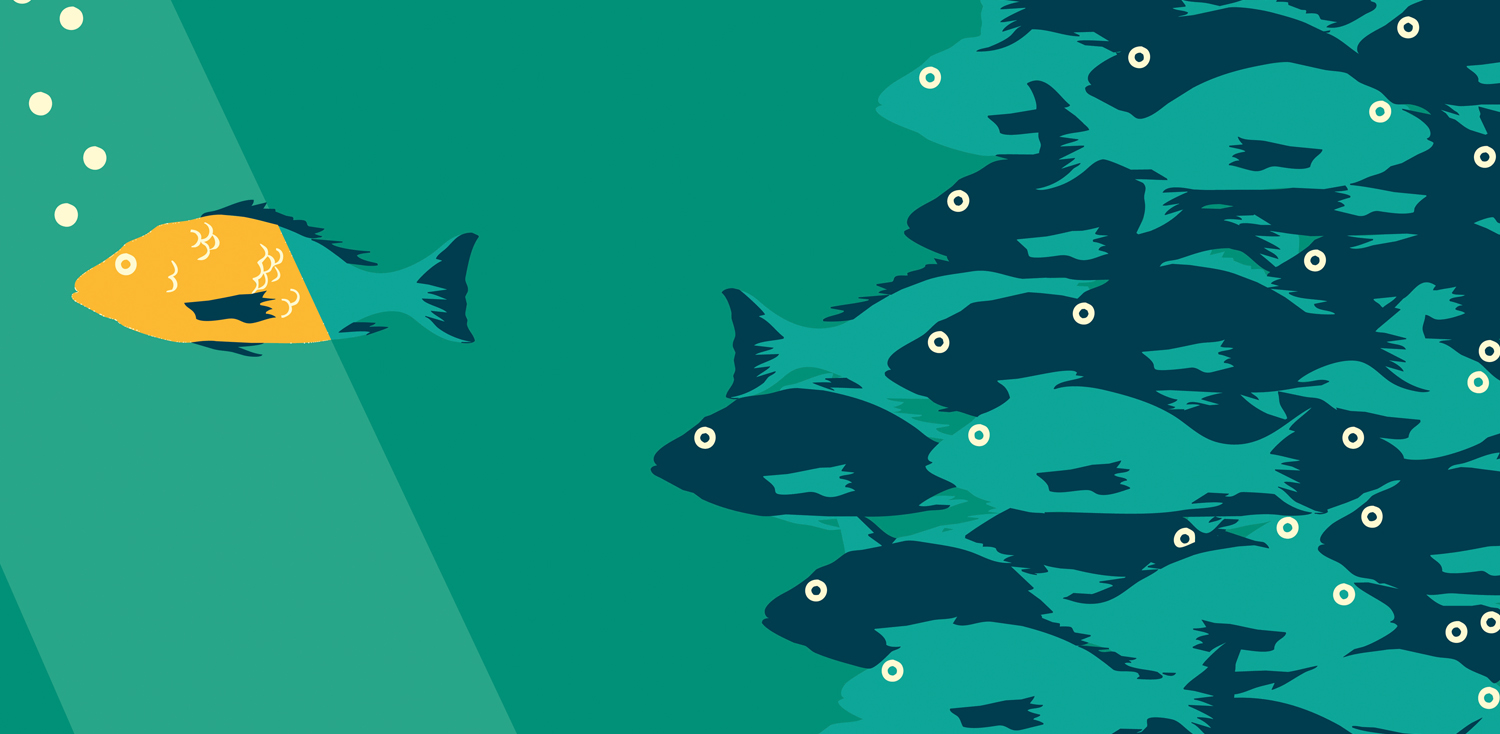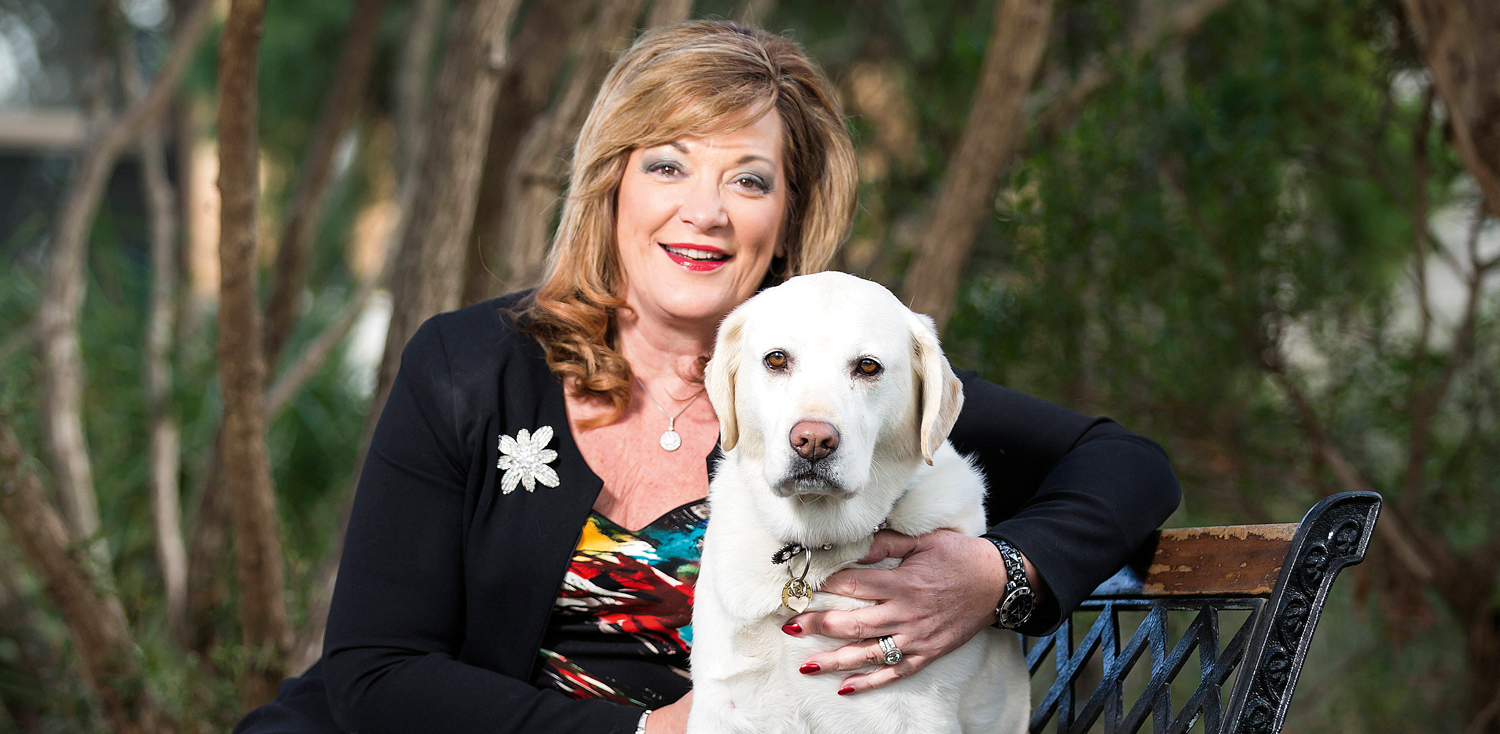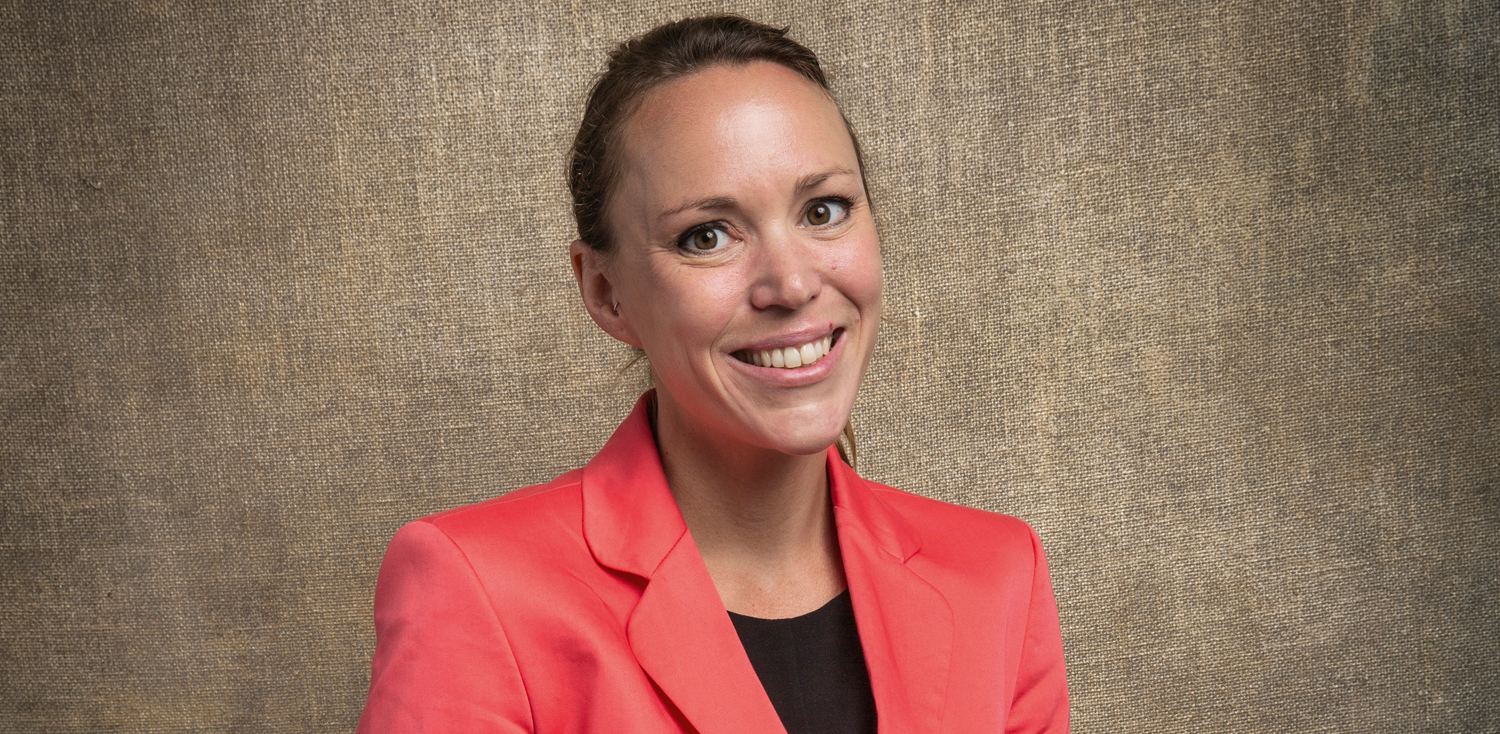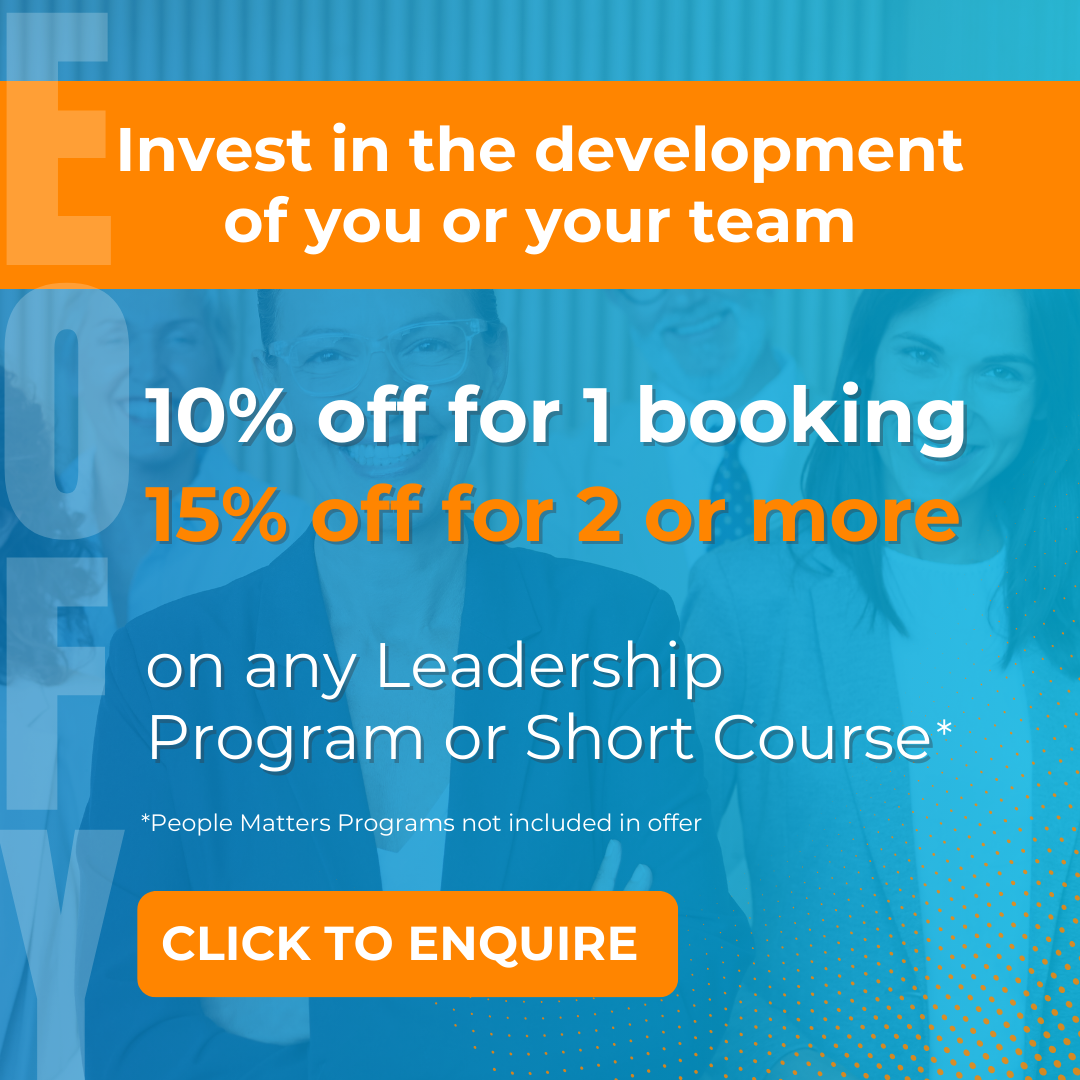Neuroscientist Dr Hannah Critchlow says that managers and leaders have a duty to get their heads around how the brain works.
By Lachlan Colquhoun // photographs by Paul Musso & Martin Pope
Of all the organs, the brain has always been viewed in a different way, and with special reverence.
Weighing only 1.5 kilograms, or around two per cent of our body mass, the brain is seen as the driver of our personalities, the home of our soul, the repository of memory, and the computer that keeps the whole body ticking over so that we can function in society.
While medical science has gone a long way to demystify the physiology of other organs, such as the liver and the heart, our understanding of the brain and its 86 billion neurons has remained comparatively limited until recently.
Breakthroughs in neuroscience over the past decade, however, are rapidly lifting the veil on our understanding of the body’s most complex organ and, in the process, helping us understand more about human behaviour.
“This is a great time to be a neuroscientist, we are peering into the mind as never before,” says Dr Hannah Critchlow, a British author, neuroscientist and fellow of Magdalene College, Cambridge. “We are learning about the brain at an exponential rate now — there are as many as five to ten thousand new research papers coming out each month.
“We still have a lot to learn of course, and there are still major problems, as we can see with mental health, but we are discovering the real underpinnings of the brain’s operation and this information will help us to better treat some of the debilitating conditions of the mind.”
Reality check
Dr Critchlow is at the frontline of neuroscience and is on a mission to communicate its findings to the world.
Nominated as one of the UK’s Top 100 Scientists by the Science Council, she is about to follow up her first book Consciousness with a second publication on the theme of “the science of fate”.
Many of the insights from neuroscience, Dr Critchlow says, have come from understanding the brain as a physical organ. Advancing technologies such as optogenetics, which uses light to stimulate specific circuits in the brain, are revealing more about the physiology of behaviours that were previously considered part of the mystery of personality.
Entrepreneurs and drug addicts, for example, have particular brain anatomies, as do people with ADHD and those who enjoy socialising more than others.
For managers and leaders, the challenge is to work with an understanding that everyone has a different perspective on reality and that certain acts that were previously considered voluntary may, in fact, be hardwired.
Although exercise and meditation can help us grow new brain cells and the connections between them, just as chronic stress and depression can kill them off, there may be limits to the ultimate “plasticity” of what a person can achieve with the particular brain they are born with.
The old adage that “you can do anything you want if you put your mind to it” may prove to have clear scientific limitations.
“We can literally see how the circuit board of the mind — this amazing machine comprised of billions of nerve cells, with trillions of connections between them — shifts and changes as we make decisions and experience the world around us,” she says.
“We can switch feelings of pleasure on or off, and feelings of anxiety and even addiction, so we are really starting to understand how these discrete circuit boards in our brain give rise to very particular behaviours.”
Part of this is a more holistic understanding that the brain does not exist in isolation at the top of the body, and that its interactions are strongly linked with the immune system, to our gut, and to organs such as the heart.
“At its most basic, when you have a cold or the flu you feel down in the dumps and depressed, and there is a physical reason for that because your brain is almost in a depressed state at that point,” says Dr Critchlow.
“There is also a lot of emerging evidence which suggests that people with chronic depression might have altered immune systems as well, so their immune system is attacking the brain. An altered immune system has even been linked to the terrifying symptoms of psychosis, and in some patients simply clearing their blood of the faulty immune cells can stop the symptoms for good.”
Performance enhancing drugs
These new understandings of the brain have created new treatments for depression and addiction, and perhaps controversially, opened up the potential to enhance our creative capacities through the use of smart drugs.
“There is lots of information coming out now about how creativity and problem solving in the brain is formed, and there are drugs called cognitive enhancers which seem to boost certain aspects of our alertness, or our reasoning and our concentration skills,” says Dr Critchlow.
“There’s also psychedelics, which previously people were mainly interested in from a recreational viewpoint, but now small doses of these drugs have been implicated in boosting creativity and problem solving skills, raising all sorts of considerations around whether we want people in the workplace to be taking small amounts of drugs, even if it does boost their performance.”
Alongside research into drugs, there has also been work done on “brain helmets” that use mild electrical currents to stimulate specific areas of the brain to see how this can foster particular behaviours like, for example, creativity.
Plasticity has limits
But while this research shows that capabilities can be enhanced, and that we do each hold the scope for plasticity and flexibility within our brains, Dr Critchlow says a key finding of neuroscience is that many of our behaviours are “ingrained” because of how our brains process the vast amounts of information from the outside world, and accepting this has particular relevance in the workplace.
“So rather than trying to make somebody fit into a role and a set of expectations, it may be more productive to just create the environment that will help them to flourish and make use of the skillsets they bring,” she says.
“Although our brain has a huge scope for plasticity and we can learn new things, emerging neuroscience is showing that people have specific strengths and weaknesses that sometimes you just can’t change.”
People whose brains have a larger prefrontal cortex, for example, with many “slots” for beta-endorphins, are “almost hardwired” to need a wide number of different friendship groups.
“They are like conduits which let information be exchanged from clique to clique, so that is a very important role within society,” says Dr Critchlow. “And then there are people with a much smaller prefrontal cortex and they have a much smaller group of friends, or they spend more time with each of their friends in closer relationships.
“There is a hypothesis that because these people have fewer beta endorphin spots they don’t need to go around filling them up by meeting lots of other people.”
These two types of people respond differently to the workplace. The first type, with the larger prefrontal cortex, may be more comfortable working in an open plan office where they can mix with larger number of colleagues, while those with the second brain type may prefer to work in smaller groups.
Entrepreneurial thinking
Neuroscience is also beginning to understand the brains of entrepreneurs, which can sometimes be similar to people with ADHD.
“People who are entrepreneurs and who are thriving in taking risks in business have an evolutionary drive to do so and that is based around their brain biology,” says Dr Critchlow. “Much of this is intuitive, of course, and we have talked about this for decades but neuroscience is now demonstrating how this has a basis in the brain.”
In her next book, Dr Critchlow is focusing on the subject of “the science of fate,” looking at the extent to which our behaviours are predetermined by the brains we are born with.
“I am interested in understanding how much of our behaviour is ingrained,” she says. “We are seeing now that a lot of what we do is predetermined, so that opens up the question on whether we actually have any agency, or any free will at all.
“We have been sold this concept that the brain is highly plastic and that we have the power to change our behaviours if we can put our minds to it, but this may not necessarily be the truth.”
The take out from all this is one of acceptance and tolerance. People have strengths and weaknesses and need to work with them, but at the same time environments need to be sensitive to this to help a diversity of people flourish.
“For leaders and managers there is a responsibility for acceptance, but also to use this to be the best person they can be and look after the mental health of their teams,” says Dr Critchlow.
She says that she personally has “appalling spelling” as a result of dyslexia, “but I’m okay with that”.
Everybody is on a spectrum for every different kind of behaviour, and although there is some wriggle room for moving, we must accept that we need an environment which can nourish us.
“Our individuality is a beautiful thing, and it’s the brain which produces that individuality.”
Dr Hannah Critchlow’s new book on ‘the science of fate’ will be published in Australia in 2019 by Hachette.





